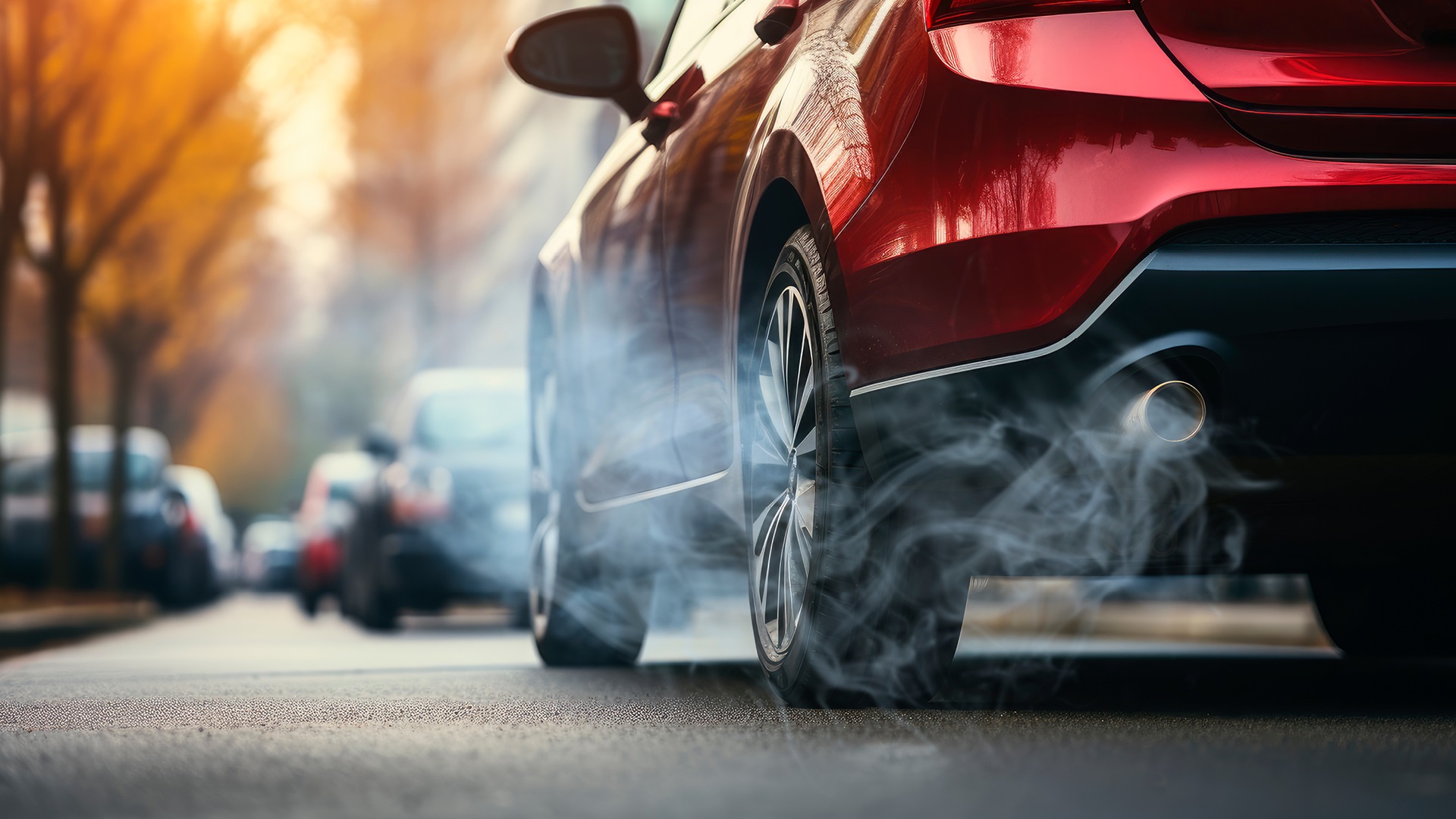AUTONEWS

GROUND EFFECT AERODYNAMICS ON AN RC CAR
Ground effect aerodynamics will return to Formula 1 in a big way in the 2022 season, hopefully washing away the bad taste left in fan’s mouths after the recent controversial season decider. [Engineering After Hours] has experimented with F1 aerodynamics on RC cars before, and decided that it was time to try and implement a proper ground-effect design himself.
The aim of ground effect aerodynamics is to create a constriction for airflow between the bottom of the car and the ground underneath. This constriction accelerates the flow beneath the car, and as per Bernoulli’s principle, causes a corresponding pressure drop, sucking the car down onto the track. Viscosity also plays a role; from the car’s perspective, the road beneath the vehicle is moving backwards at some speed, pulling on the fluid thanks to the boundary layer on the ground itself. This further helps increase the strength of the effect.
A vacuum-formed undertray complete with side skirts was installed on the RC car in order to generate ground effect downforce. A quick test with a leaf blower indicates the system works, and that the side skirts are a key component.
Lateral acceleration was significantly improved by around 20% in testing with the ground effects installed, though [Engineering After Hours] admits that without a wind tunnel, the results aren’t the most scientific. However, with the undertray being relatively lightweight, we suspect the aero elements are likely providing plenty of benefit without too much of a negative effect on acceleration or handling.
by: Lewin Day

Nenhum comentário:
Postar um comentário